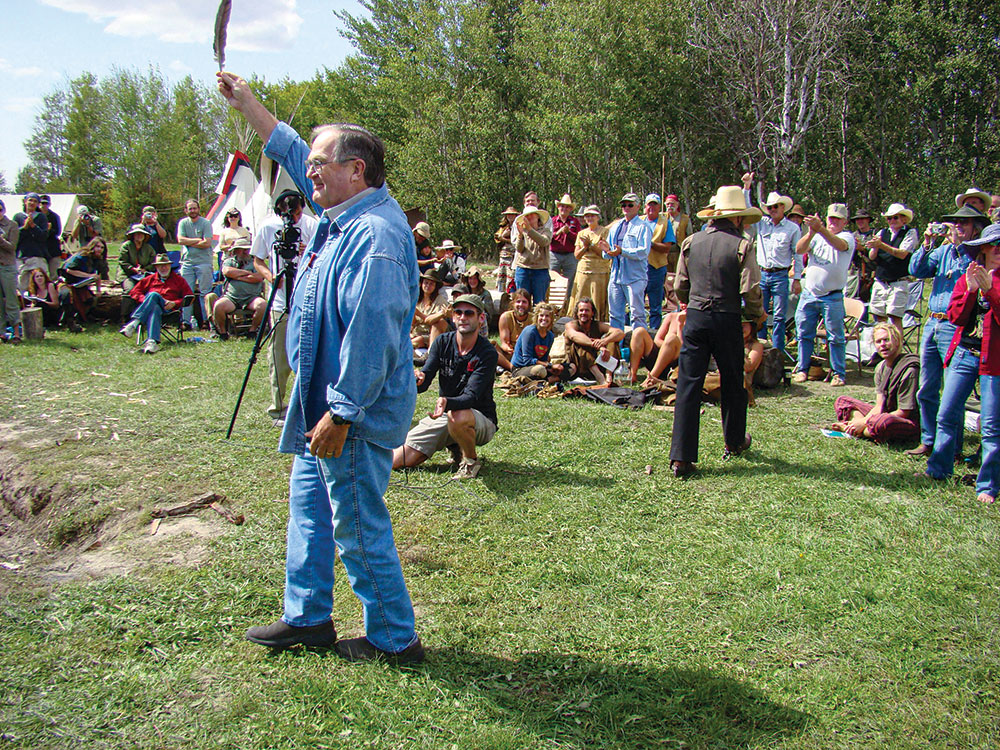Larry Dean Olsen is widely considered the ‘father’ of primitive skills training.
Larry Dean Olsen is a giant in the world of primitive skills. In fact, nearly every teacher and practitioner today has a direct or indirect lineage to Olsen.
A QUICK START
In 1966, Brigham Young University (BYU) undergraduate Larry Dean Olsen was offered $90 to teach primitive survival skills to fellow students. Seventy-two people showed up for that on-campus class, during which Olsen taught how to build a fire without matches, build a shelter and other primitive skills that would keep you alive if you had to go into the outdoors without gear. The class was so successful that it was split into two sections (as a result, Olsen got paid twice what he expected). This course was called Youth Leadership 380.
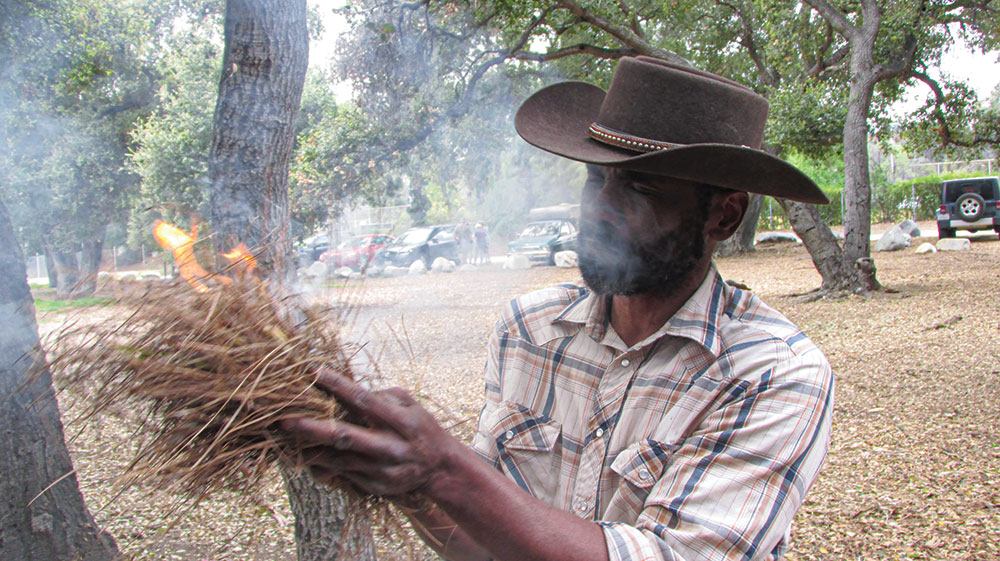
Olsen also had an opportunity to staff a special course offered by Outward Bound, working with adjudicated youth. He applied his experience from that course by using primitive skills in his work with a new Outward Bound adaptive program back at BYU. He began conducting 30-day survival skills field trips, often for students who weren’t doing well in typical school classes. This became his Youth Leadership 480 course (or Youth Acculturation Through Outdoor Recreation).
Those classes were popular and attracted attention.
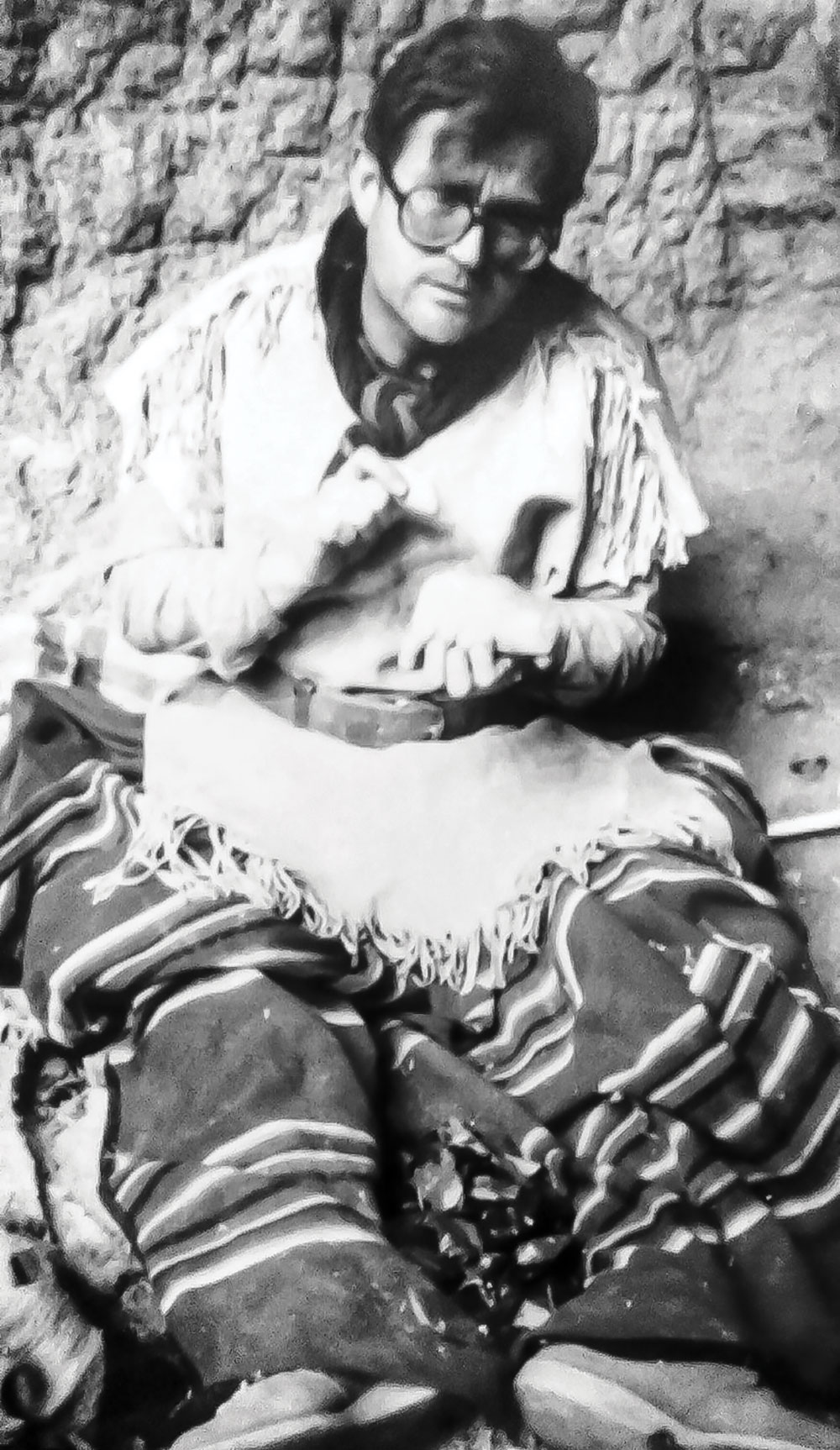
His direct approach to survival, based on the idea that survival training is best achieved by learning to live off the land without previously manufactured gear, won wide approval by students and observers.
A subsequent arrangement with BYU allowed him to use his 480 Course model with “adjudicated youth” from the courts in Utah County who would spend time in the wilderness with Olsen and staff members. In 1969, he and his staff won a national award: Youth Rehabilitation Through Outdoor Survival.
ANCIENT SKILLS
Olsen was born on January 23, 1939, near Jerome, Idaho. As a boy, he journeyed into remote areas of the western states, learning to live off the land. It was his curiosity about the practical survival skills of Native American cultures that lured him into the great desert wastelands.
“Olsen was responsible for being the first person to bring this ancient primitive skills knowledge to a wider audience.”
Olsen wanted his field students to experience survival at its most primitive level, attempting to practice the skills that kept alive the Anasazi people and other indigenous people who once exclusively resided in the area.
He worked hard to demonstrate and teach how the people of the past supplied all their needs with simple tools and stone and bone weapons, digging roots and trapping game, suffering through cold nights without bedding and hot days without water or even shoes. Olsen had developed a unique practical understanding of what it meant to “live off the land,” and he passed that along to youth and students.
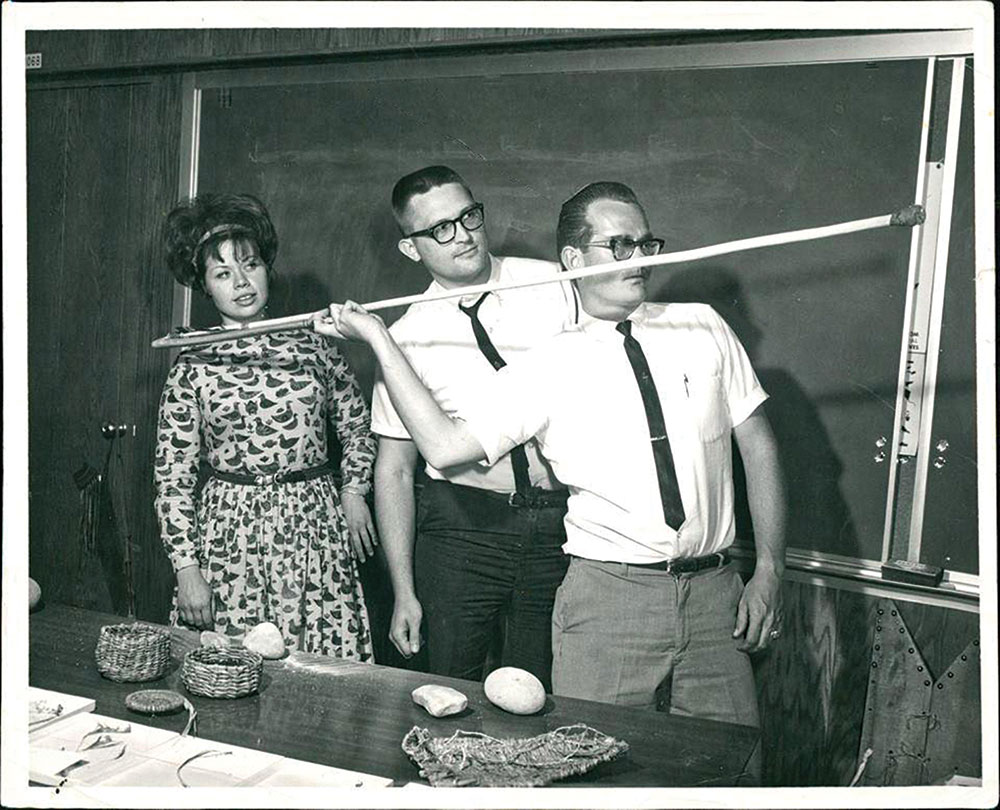
Obviously, Olsen wasn’t the only person in the world teaching the ancient skills. Archaeologists were still studying and teaching them. In addition, many indigenous people still practiced the skills, although some were too busy staying alive to teach the skills to a broader audience. Olsen was responsible for being the first person to bring this ancient primitive skills knowledge to a wider audience.
Olsen wrote the first edition of his book, Outdoor Survival Skills, as a text for his students. This popular book was first published in 1967 by BYU, and there was nothing else like it in print. It became a permanent fixture for all his students and followers from afar, selling in national park bookstores and widely in Canada, England and Italy.
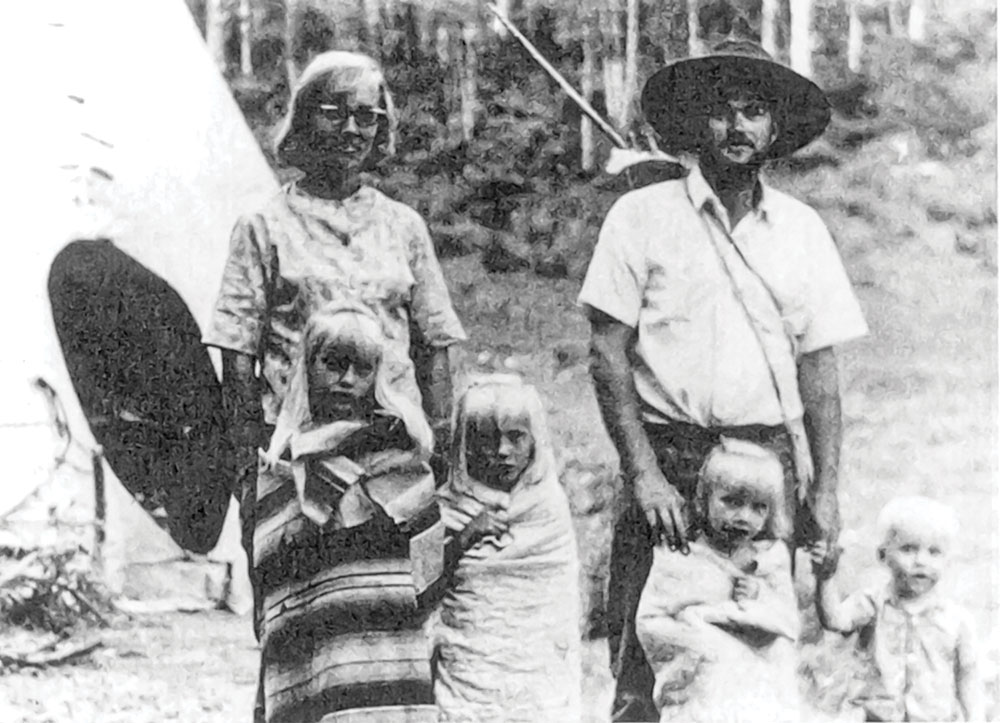
The book is still in print and was the first book of its sort to delineate the details of primitive skills. It’s currently published by Chicago Review Press. (An interesting note: After reading Olsen’s book in 1972, Robert Redford hired him to serve as the consultant for his movie, “Jeremiah Johnson.”)
DEDICATED FOLLOWERS
For the next 10 years, Olsen’s BYU survival courses—both Youth Leadership 380 and 480—continued under the leadership of a determined group of instructors, including Larry Mullins, Doug Nelson, Dave Wescott and Fred Bohman. In fact, Wescott vividly recalls his first meeting with Olsen:
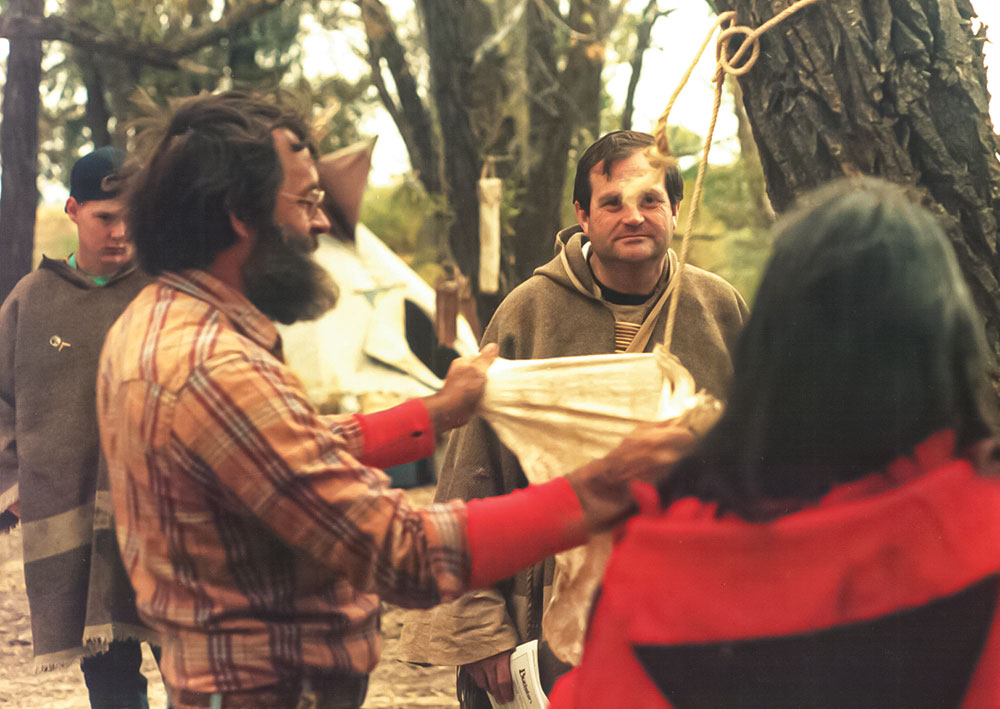
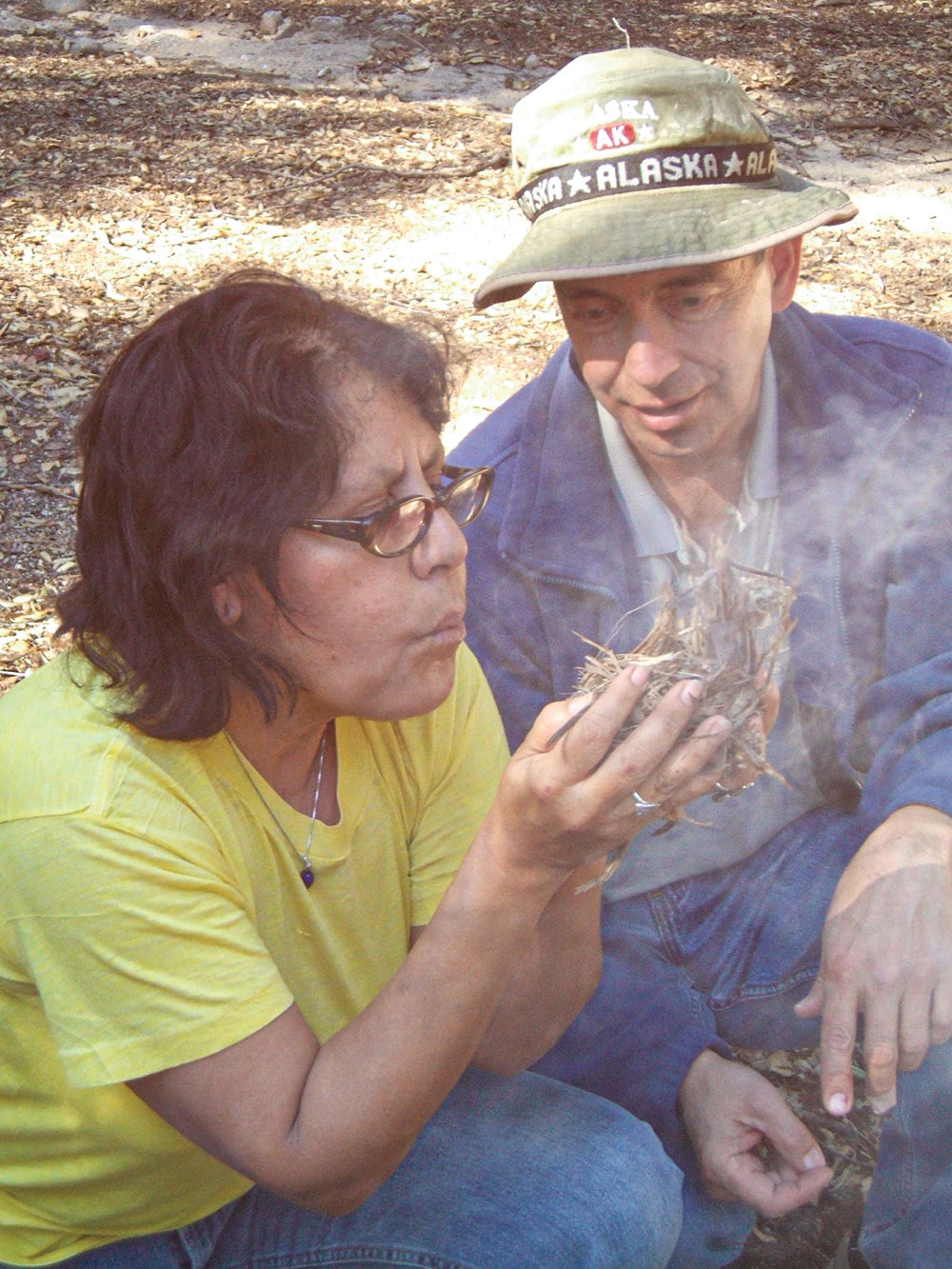
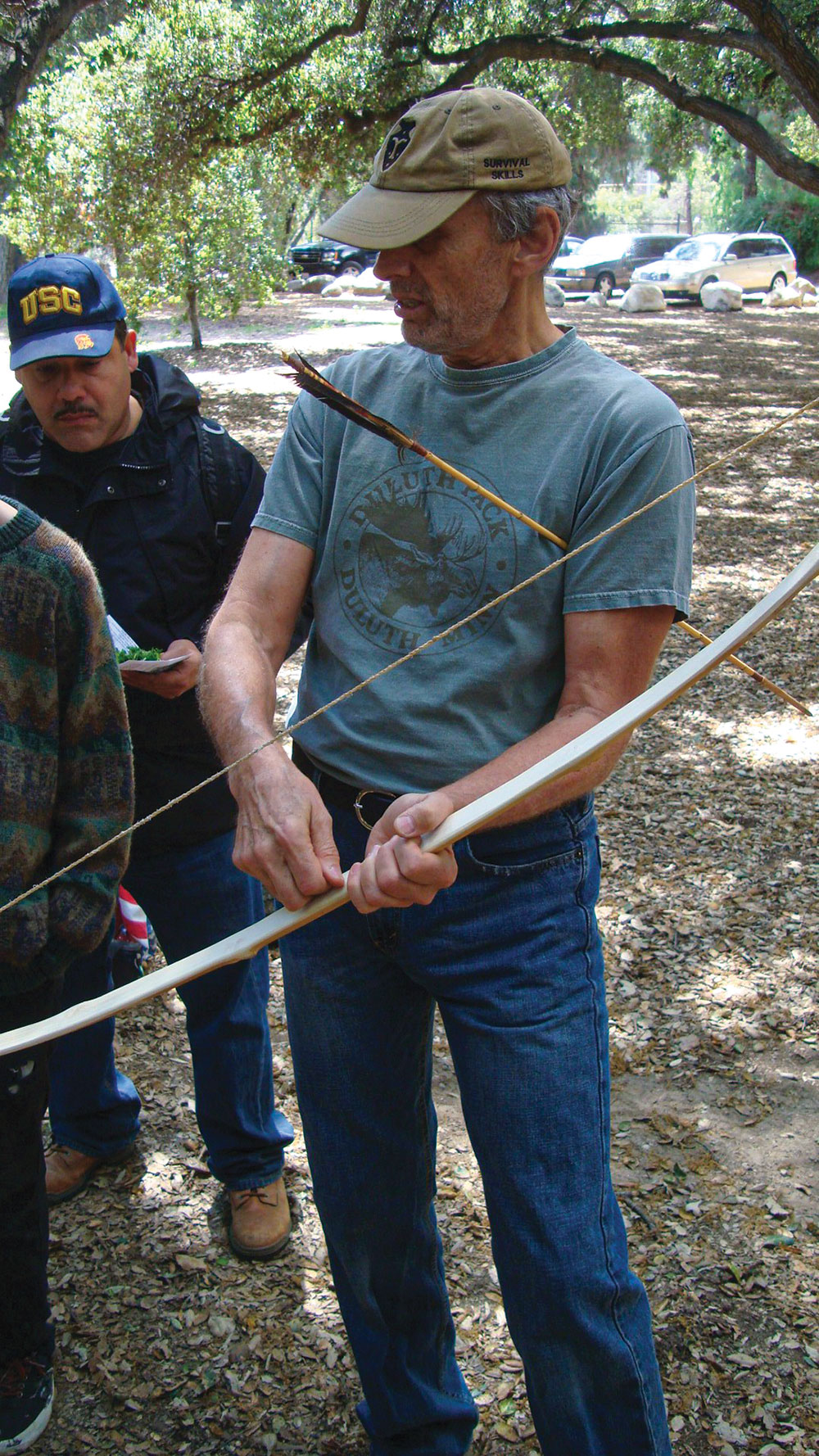
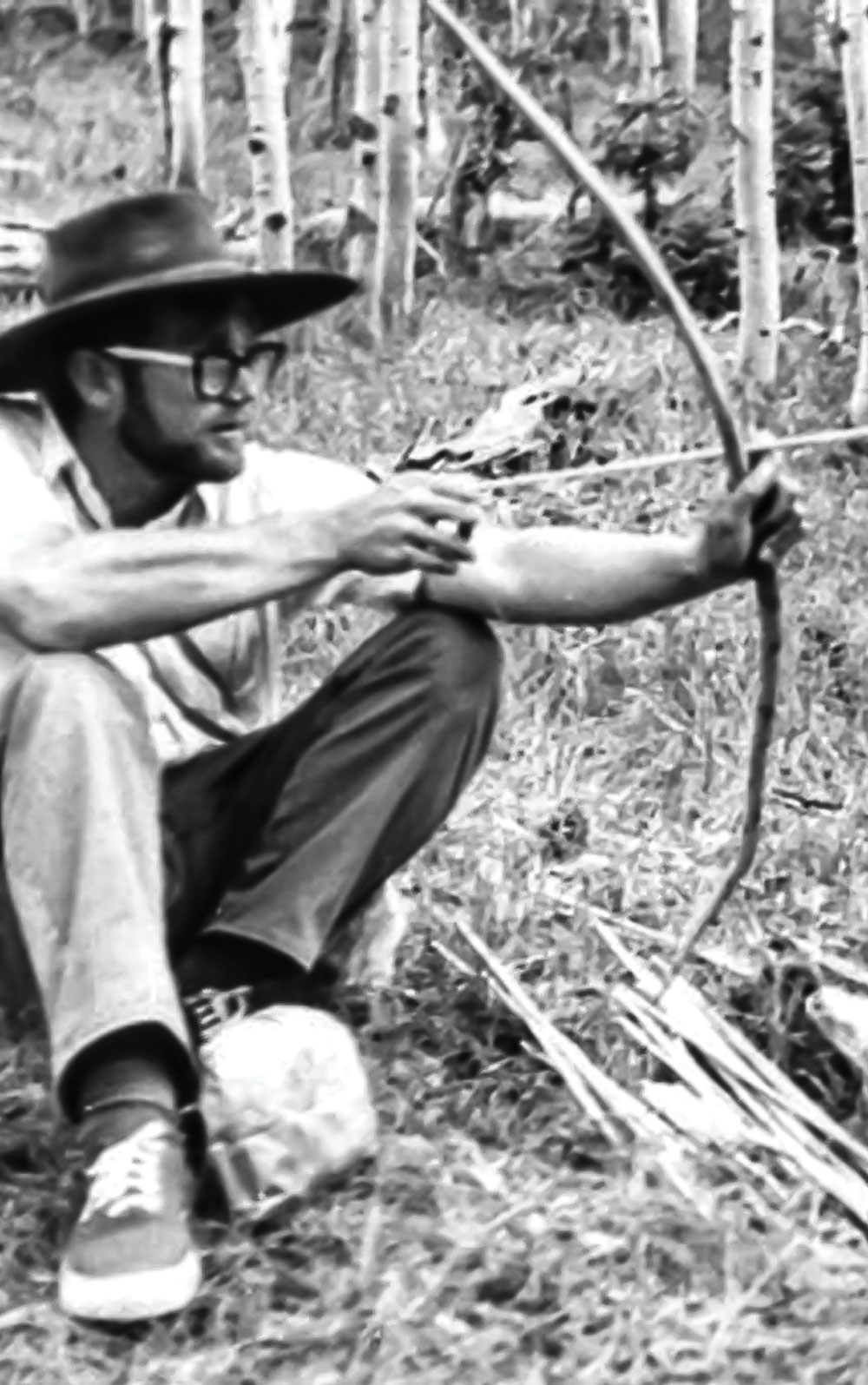
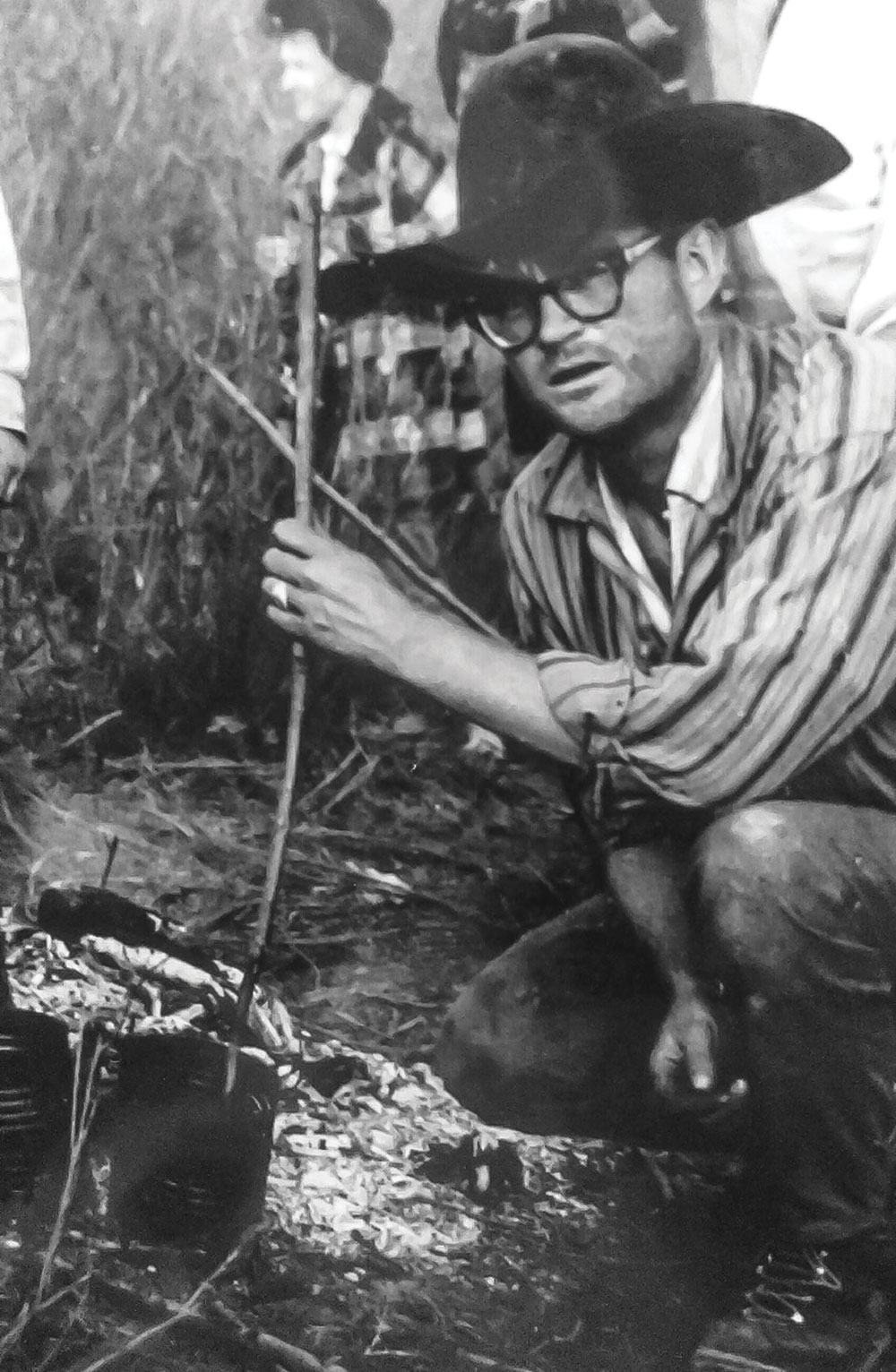
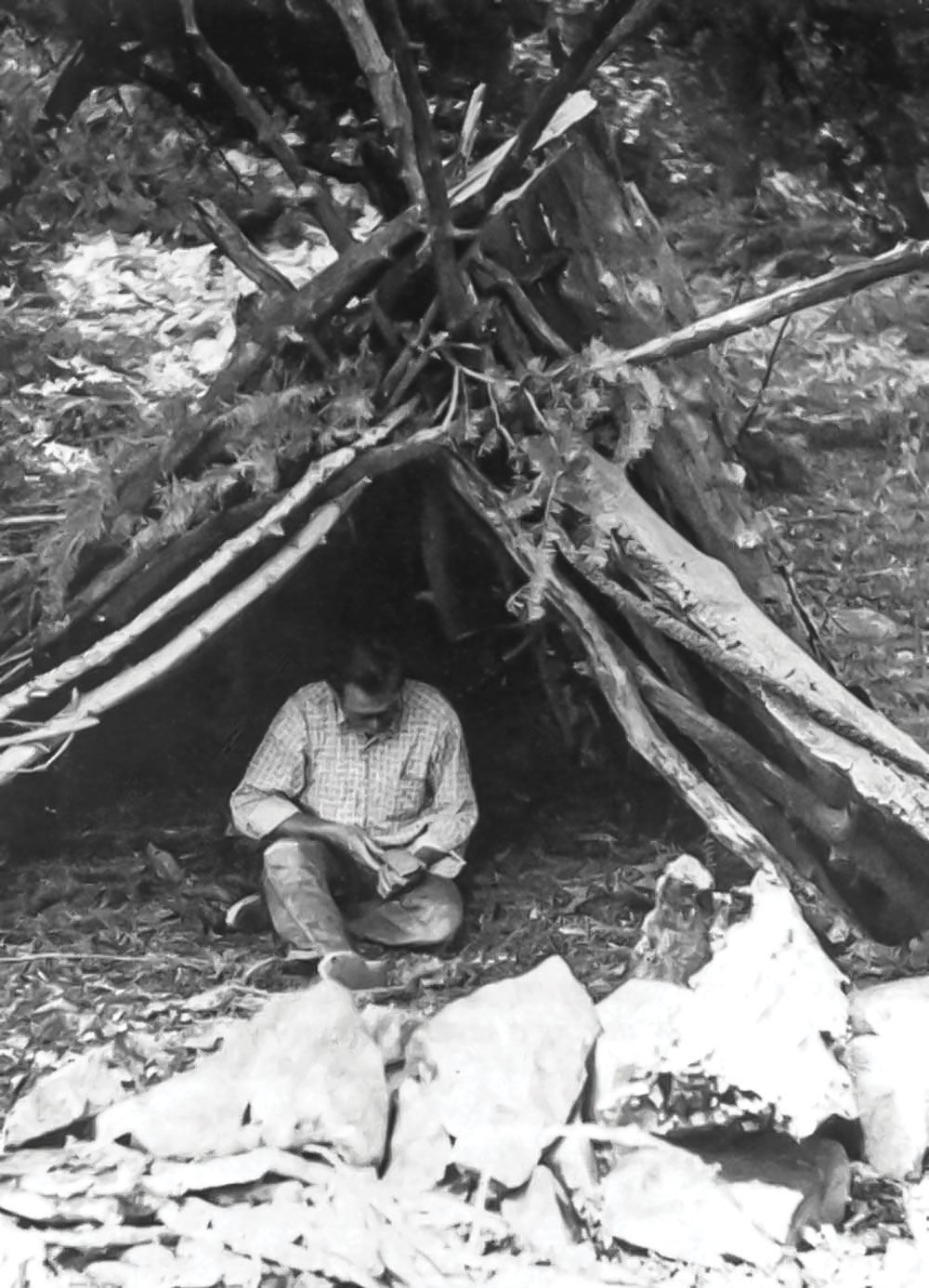
“I was demonstrating skills in a classroom, and Larry saw all the contents of my box of props as I was walking down the hall. Larry saw what I was doing and asked me to come to his office afterward. We had a three-hour meeting, during which Larry explained to me what I would be doing for the rest of my life. We hit it off very fast,” said Wescott, who became closely affiliated with Olsen after that first meeting. “Doug Nelson and I were both students in Olsen’s 30-day survival course. I did other things in the years that followed, such as working for Outward Bound, and Nelson continued to run the BYU survival program that Olsen started.”
LIVING LEAN
What were those field trips like?
“In the early days, we walked all the time,” Wescott pointed out. “We might walk 300 miles in those 30 days, and the average weight loss was 20 pounds.”
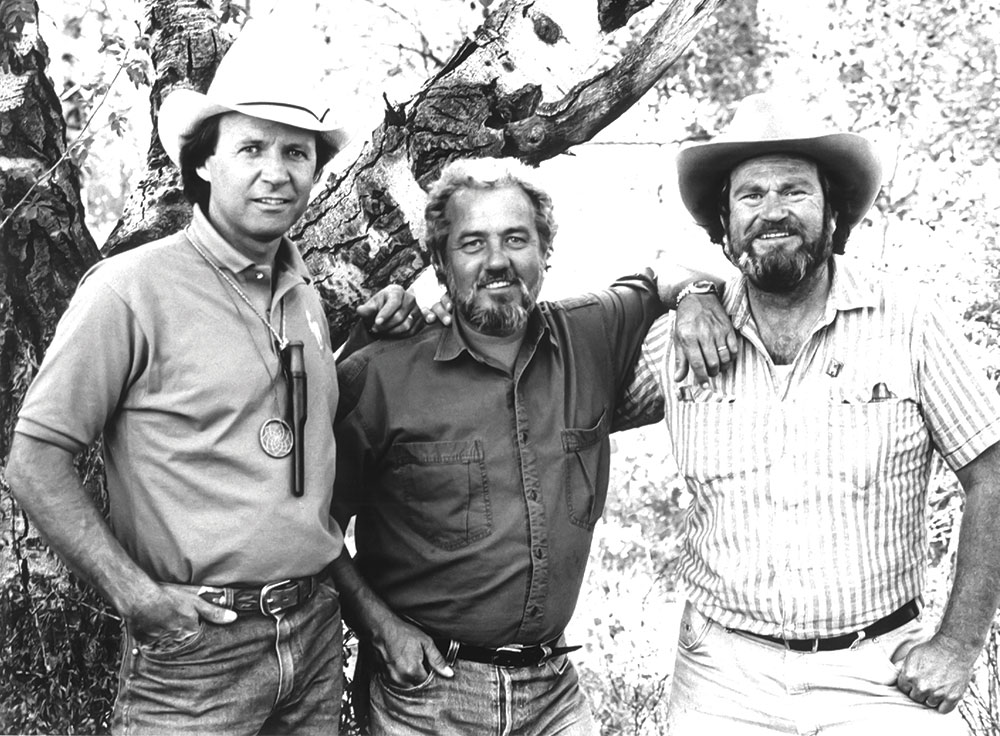
Wescott explained that they kept the mileage down in the years that followed so that more time could be spent on instruction.
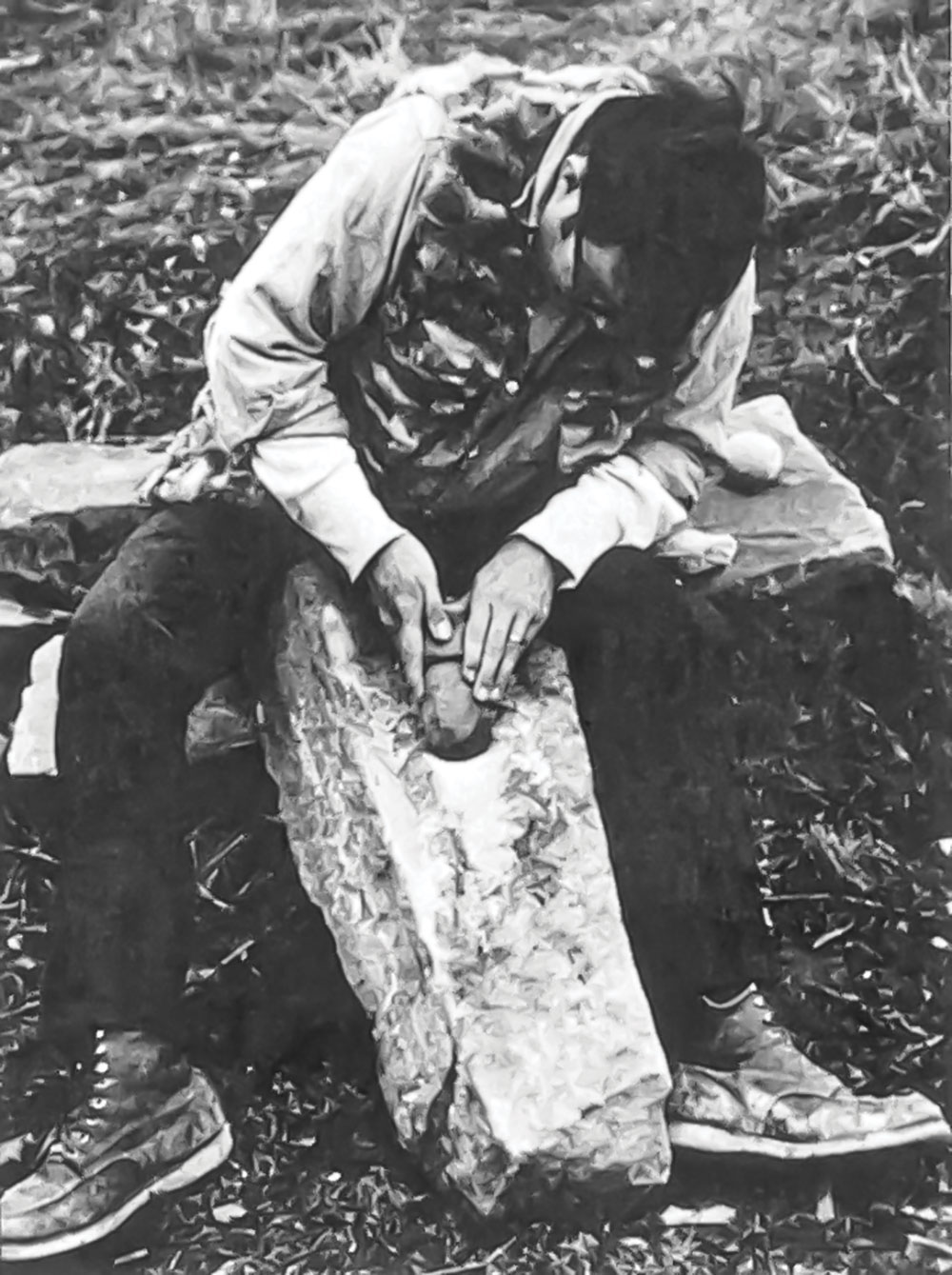
“We only took our clothes, a knife, blanket, billy can and a very minimal food supply. We’d find our water, make shelter and use bow drills for making fire. We were hungry all the time.”
BOSS
By 1977, BYU decided to eliminate all its survival classes, deciding instead to keep all classes academically based. At that point, Doug Nelson talked to the BYU administration, seeking permission to continue the BYU survival program as BOSS, a commercial enterprise (the Boulder Outdoor Survival School). Asking BYU’s permission was really just a polite formality, because BYU was dropping those classes anyway. However, BYU gave Nelson its blessing.
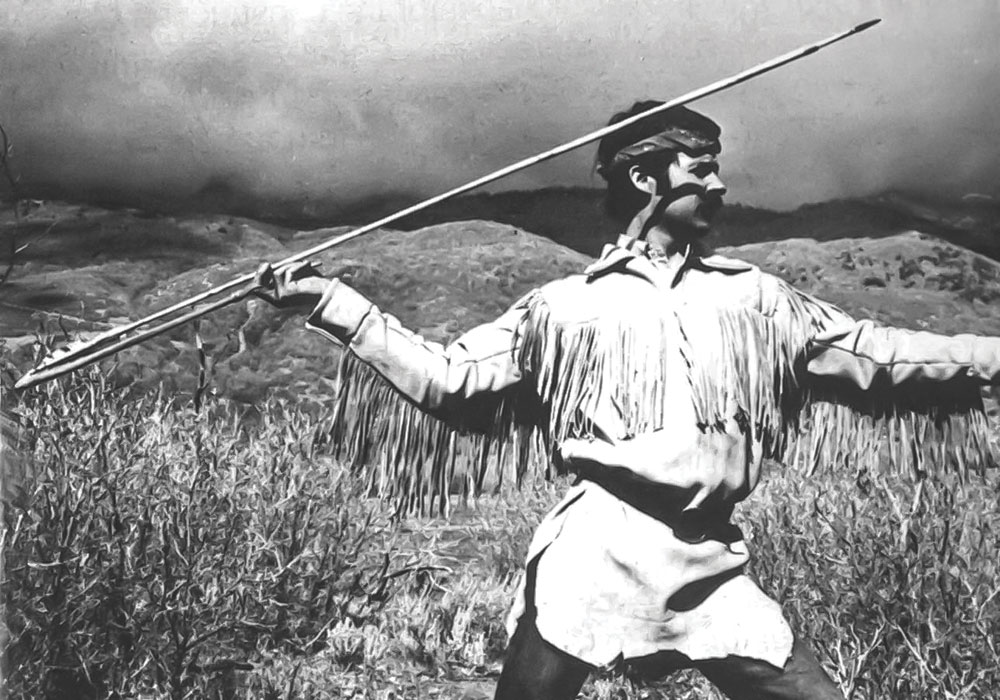
BOSS became incorporated as an independent business in the small town of Boulder, Utah, in 1977, and it’s still going today. Doug Nelson continued to run BOSS until 1985, when Wescott returned full-time to the company and took the reigns as owner. Dave and his wife, Paula, grew the program to include teaching traditional primitive technology skills.
RABBIT STICK RENDEZVOUS
Olsen is also famously known for starting the annual Rabbit Stick Rendezvous gathering. Rabbit Stick is a gathering of instructors who meet in the wild and offer a week of instruction to students. Although Olsen had organized a few gatherings before initiating this event, the first “official” Rabbit Stick was held in 1978 (in conjunction with Richard Jamison) in Diamond Fork Canyon, Utah. Nearly 50 people attended the event.
“HIS DIRECT APPROACH TO SURVIVAL, BASED ON THE IDEA THAT SURVIVAL TRAINING IS BEST ACHIEVED BY LEARNING TO LIVE OFF THE LAND WITHOUT PREVIOUSLY MANUFACTURED GEAR, WON WIDE APPROVAL BY STUDENTS AND OBSERVERS.”
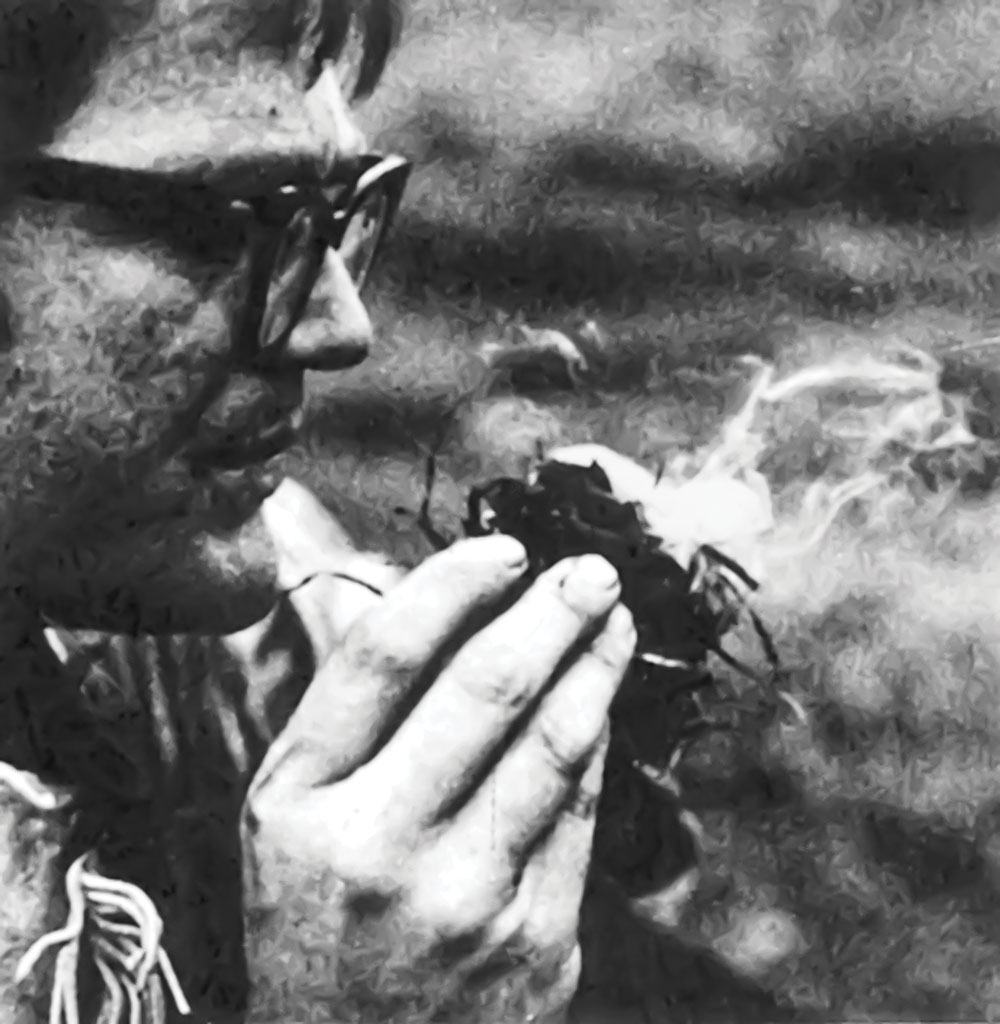
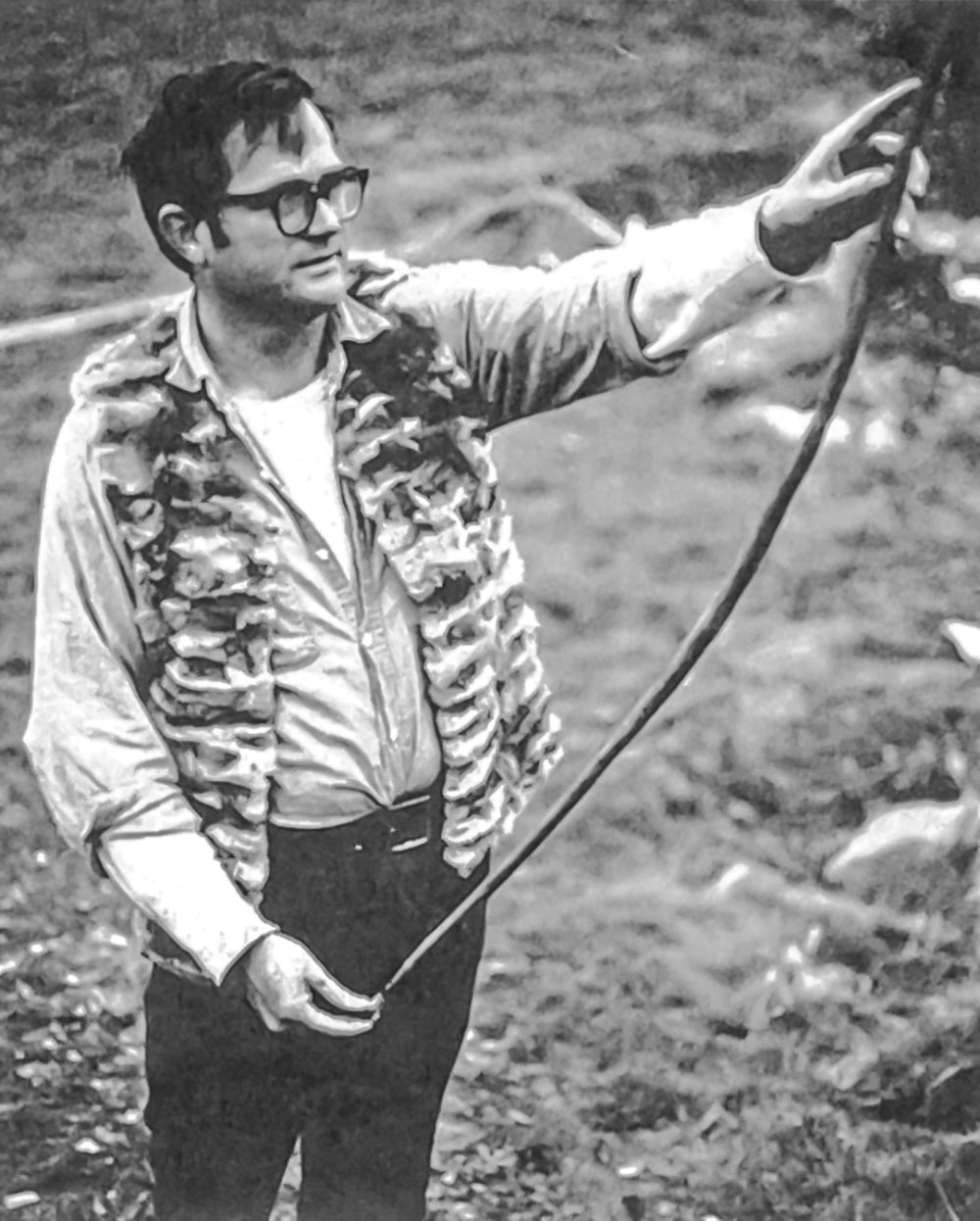
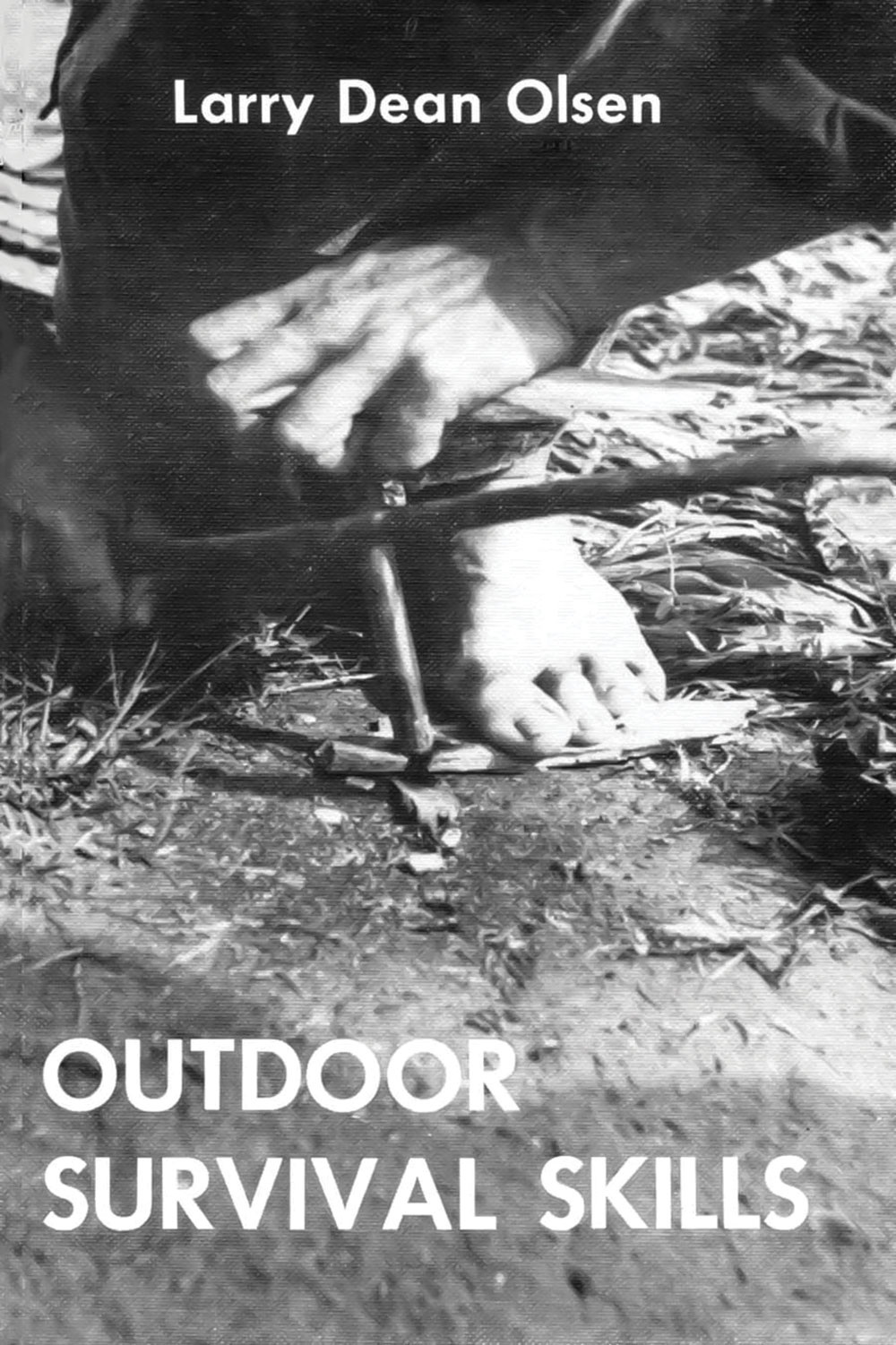
There was one more Rabbit Stick in 1979. After that, Jamison continued the gatherings under the name Woodsmoke. Ten years elapsed and, in 1988, with Olsen’s permission, Wescott resurrected the Rabbit Stick Rendezvous name and event, which continues to this day as an annual, weeklong event in Idaho.
ANASAZI FOUNDATION
In 1988, Olsen co-founded the Anasazi Foundation with his longtime friend and partner, Ezekiel Sanchez. The Anasazi Foundation was the first program of its kind to be licensed. It was later nationally accredited as a “behavioral healthcare provider.” As a result, Olsen and Sanchez are often referred to as the “grandfathers” of the outdoor behavioral healthcare field.
“LARRY DEAN OLSEN IS A GIANT IN THE WORLD OF PRIMITIVE SKILLS. IN FACT, NEARLY EVERY TEACHER AND PRACTITIONER TODAY HAS A DIRECT OR INDIRECT LINEAGE TO OLSEN.”
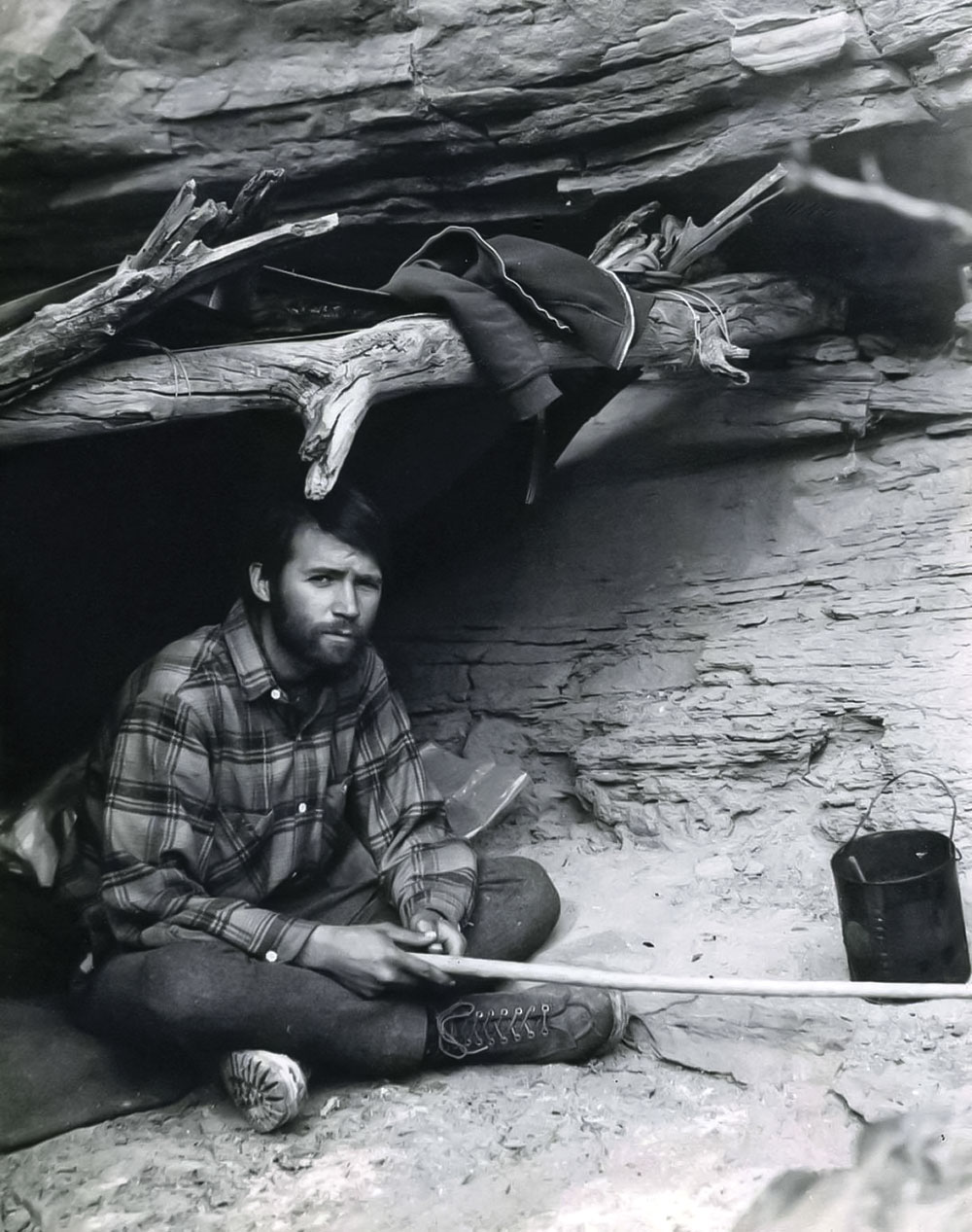
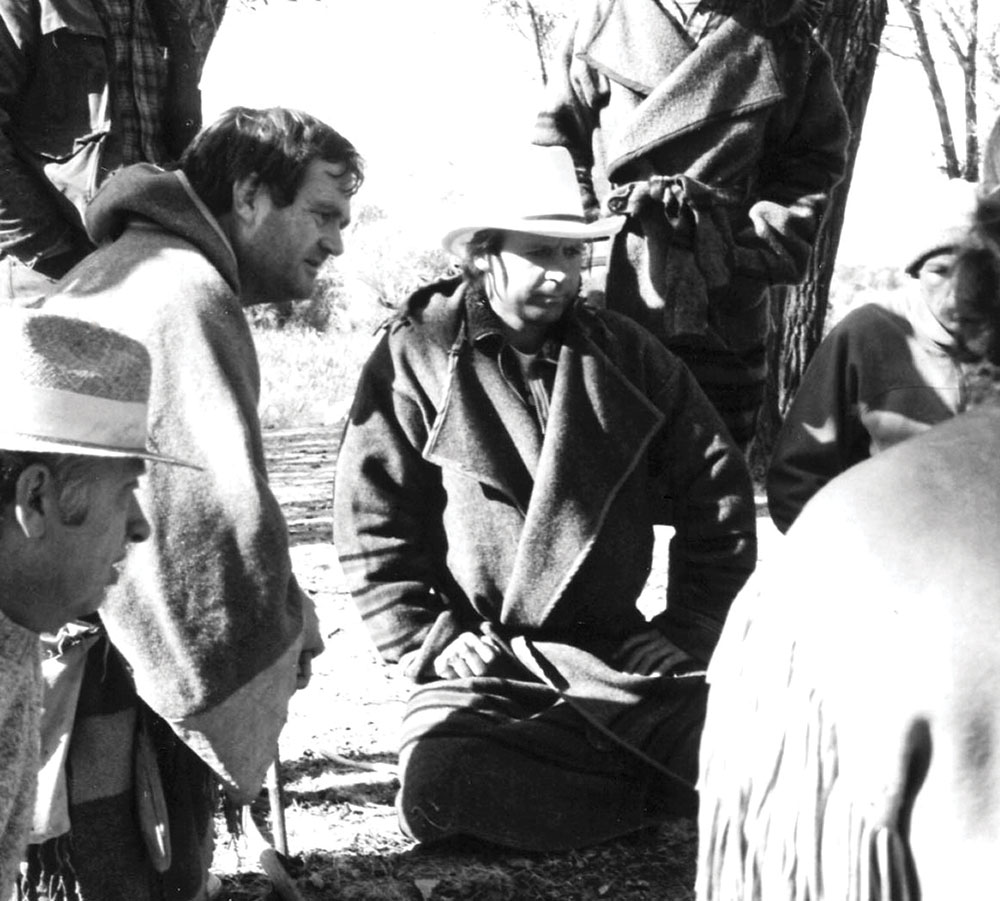
Olsen and Dave Wescott’s relationship continued through the years. In fact, Wescott was asked to do the very first staff training programs for Anasazi. They were run by Wescott’s BOSS staff, including David Holladay (both Wescott and Holladay were consultants for the movie, “Castaway,” which starred Tom Hanks).
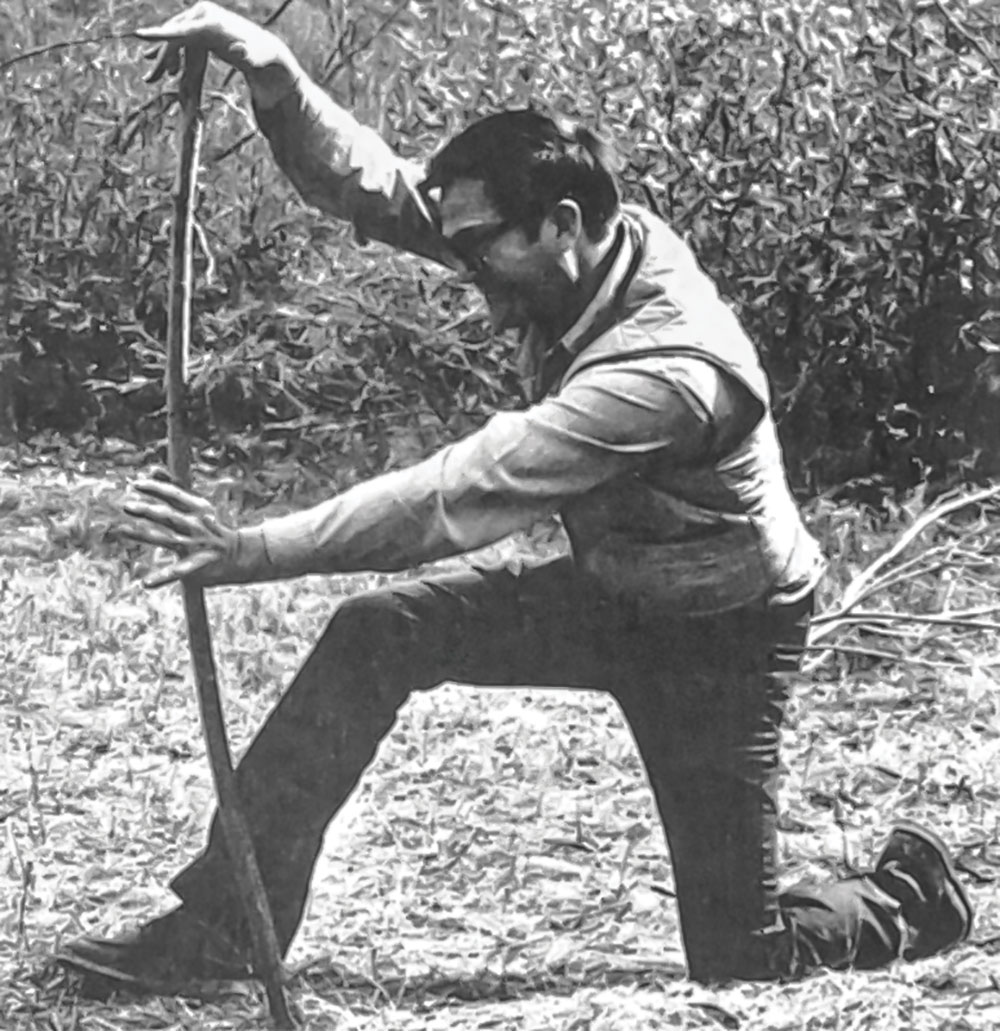
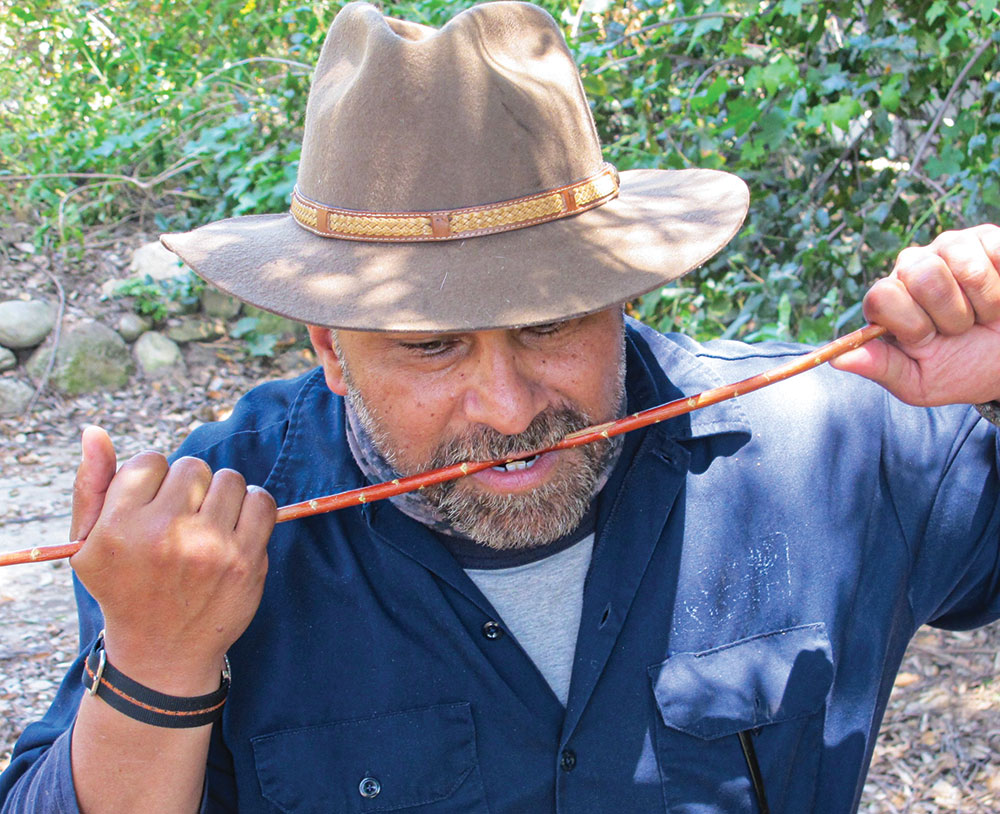
Even after Olsen retired from his responsibilities with Anasazi, he remained affiliated to the very end. In the early 2000s, he went on a two-year missionary trip to Burma for his church, via which he did humanitarian work with local farmers by building wells and improving irrigation systems.
Olsen died on December 29, 2018, but his legacy lives on.
RABBIT STICK RENDEZVOUS
Dave Wescott carries on the Larry Dean Olsen tradition with the annual Rabbit Stick Rendezvous in Idaho each September. Visit Rabbitstick.com for details.
WHAT LARRY OLSEN TAUGHT ME
I was one of those followers who learned about Olsen through his book, which I often regarded as my “bible” of outdoor skills. I was only 12 years old when the first edition was published, and I probably got my hands on my older brother’s copy about a year later.
It opened my eyes to a whole, new world. My young mind often wondered how local indigenous people of the past survived and how they obtained their food, medicine, clothing and housing. Olsen opened my eyes to that world.
Using Olsen’s Outdoor Survival Skills, I taught myself how to make fire with a bow and drill through trial and error. I learned to weave sandals and blankets from cattails; how to create functional shelters in the outdoors; how to knap rocks such as obsidian to create sharp arrowheads and spear points … as well as how to dress my cuts from knapping.
Olsen set me on a lifelong path, and I regarded him as my hero and mentor.
It was an honor to finally interact with Olsen when I was the editor of Wilderness Way magazine and chat with him on the phone . It was one of my dreams to study with Olsen in person—something that, sadly, I was never able to do.
OUTDOOR SURVIVAL SKILLS, 7 TH EDITION
Larry Dean Olsen’s book, in print since 1967, is considered a classic in the field. The seventh fully revised edition was published in 2021. It was edited by the Christopher Nyerges (author of this article), who also provided the book’s photos.
According to Nyerges, “It was an honor to be asked to edit the latest edition of Larry Dean’s book—a book that was practically my ‘bible’ as I was growing up and learning the skills. I was always inspired by, and constantly referred to, this book during my 40-plus years of teaching primitive skills. Although we retained the line drawings from the previous editions, the book now features all color photos that show the skills being taught in my classes.”
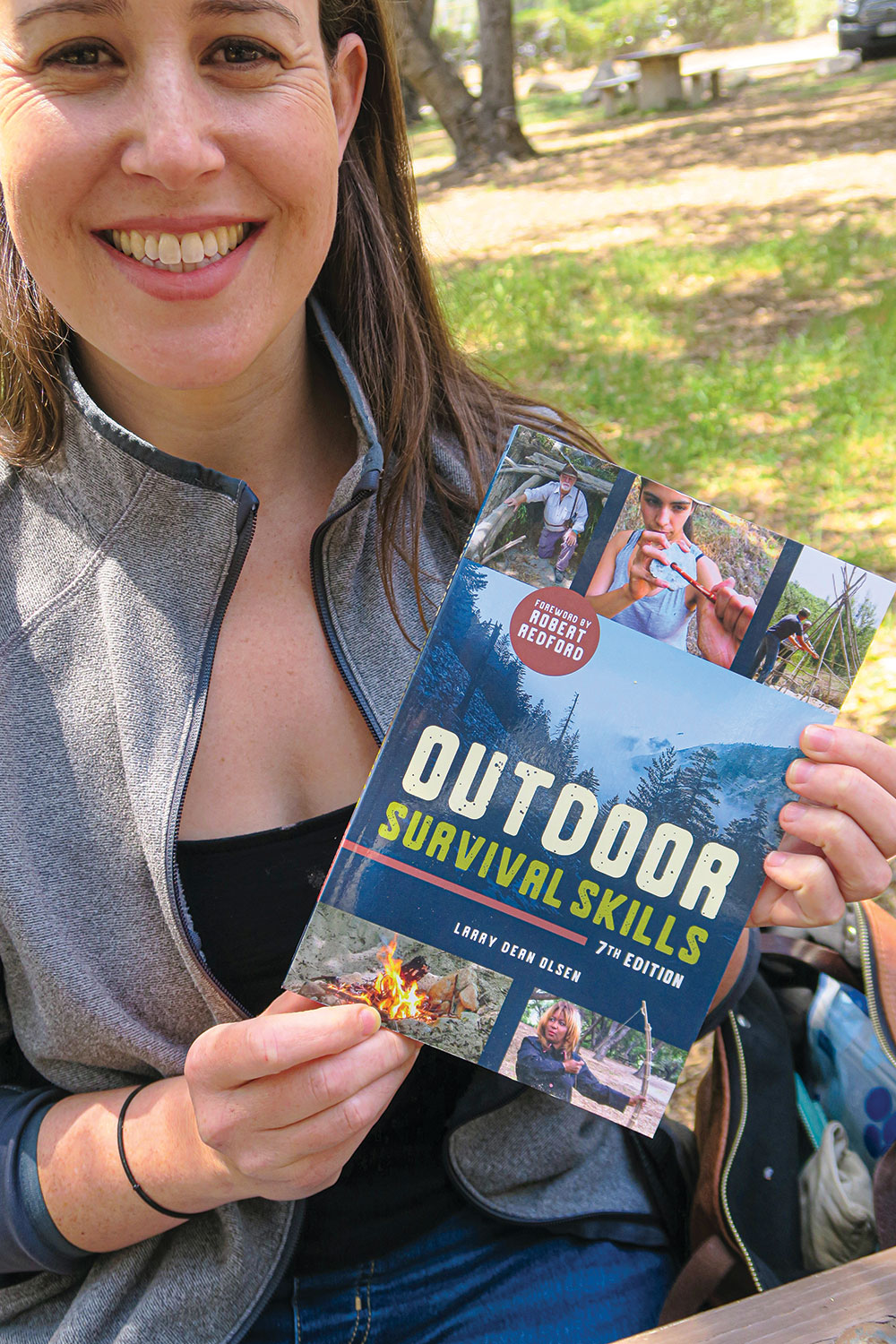
Outdoor Survival Skills, 7th edition, by Larry Dean Olsen and edited by Christopher Nyerges, is published by Chicago Review Press. The book is widely available, including from Nyerges’ website store, www.Schoolof- Self-Reliance.com, from which a copy signed by Nyerges can be obtained.
Olsen was a Wood Badge-trained “scouter.” Besides his Outdoor Survival Skills book, he wrote the first version of the Boy Scouts’ instructional manual for wilderness survival. He also wrote for Outside magazine and other publications.
A version of this article first appeared in the January 2022 issue of American Outdoor Guide Boundless.


